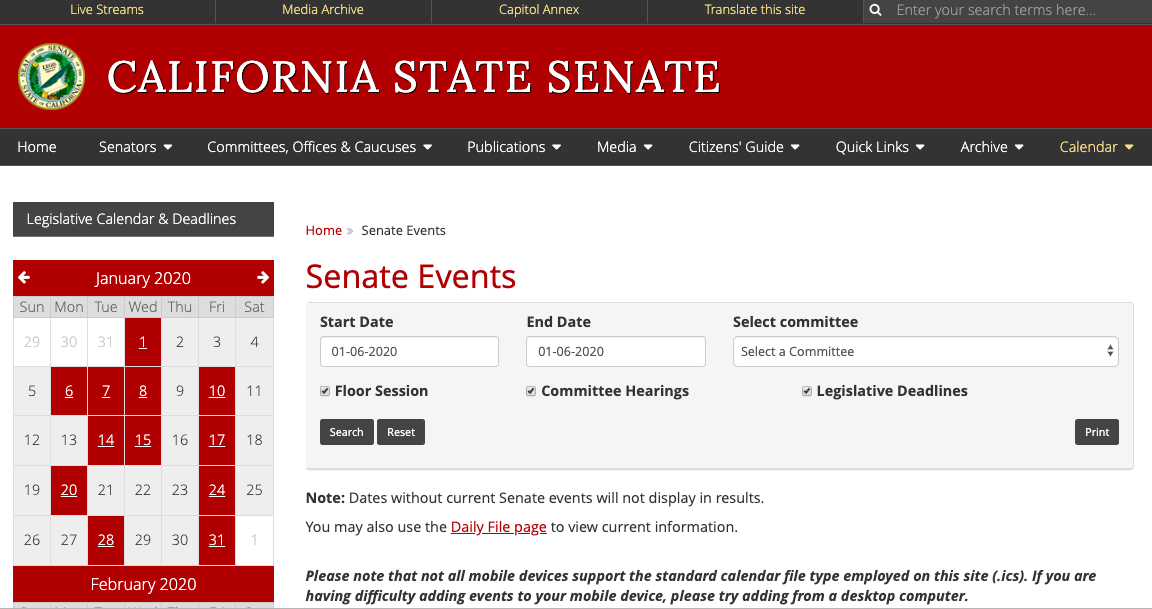
California State Assembly. (Photo: Kevin Sanders for California Globe)
The Anatomy of a California Legislative Constitutional Amendment
A constitutional amendment is ‘a resolution proposing a change to the California Constitution’
By Chris Micheli, October 29, 2020 6:41 am
In the California Legislature, the Members of the Assembly and Senate have the ability to place a constitutional amendment before the statewide electorate for consideration. The Legislative Counsel defines a constitutional amendment as “a resolution proposing a change to the California Constitution. It may be presented by the Legislature or by initiative, and is adopted upon voter approval at a statewide election.” In order for the Legislature to place a constitutional amendment on the ballot, it requires a 2/3 vote of each house, but not action by the Governor.
What are the component parts of a constitutional amendment? In terms of its anatomy, a constitutional amendment contains the following provisions:
Legislative Session. At the top of each bill, the following language appears: “California Legislature – 2019-2020 Regular Session.” The only two items that change would be the 2-year Legislative Session, and if there is an Extraordinary Session (also called a special session), rather than a Regular Session.
Constitutional Amendment Number, which follows the words “Assembly Constitutional Amendment” or “Senate Constitutional Amendment.” The Assembly Chief Clerk or the Secretary of the Senate assigns the constitutional amendments their numbers for each constitutional amendment introduced in its respective house of origin, usually in the order in which it was received at the Assembly or Senate Desk. This number remains the same throughout the legislative process, even when the measure is considered in the second house.
Author(s), as well as principal coauthors and coauthors. In the U.S. Congress and many state legislatures, the author of the constitutional amendment is known and referred to as the “sponsor.” In the California Legislature, the author is the legislator who authors the constitutional amendment. The first line always lists the main author(s) who introduced the constitutional amendment. Below the first line lists any principal coauthor and the next line lists any coauthor. One list is used for the house of origin coauthors and another line below that is used for coauthors from the other house.
Date Introduced, as well as Date Amended, with the house making the amendment listed (i.e., the Senate or Assembly).
Constitutional Amendment Title, which is a short phrase, such as the following: “A resolution to propose to the people of the State of California an amendment to the Constitution of the State, by amending Section 2 of Article XXI thereof, relating to redistricting.”
Legislative Counsel’s Digest, which begins with the constitutional amendment number, the phrase “as introduced” or “as amended,” the constitutional amendment’s lead author, and a short phrase regarding the subject matter of the constitutional amendment. Thereafter, the Digest contains a statement of existing constitutional provisions, followed by an explanation of what this constitutional amendment proposes to do to change existing law.
Digest Key, which contains the four keys: vote; appropriation; fiscal committee; and, local program.
Constitutional Amendment Text, which is the actual language of the constitutional amendment to amend, add or repeal sections of the California Constitution. Similar to bills, constitutional amendments are divided into sections. Before the actual constitutional amendment text begins, the following phrase is used: “Resolved by the Senate, the Assembly concurring, That the Legislature of the State of California at its 2019–20 Regular Session commencing on the third day of December 2018, two-thirds of the membership of each house concurring, hereby proposes to the people of the State of California that the Constitution of the State be amended as follows:”
These are the provisions that make up the anatomy of a constitutional amendment in the California Legislature.
- Legislative Policy on Bay Area Pilotage - July 26, 2025
- Small Craft Harbors and Waterways in California - July 25, 2025
- Disability of Parties in Civil Actions - July 24, 2025








2 thoughts on “The Anatomy of a California Legislative Constitutional Amendment”